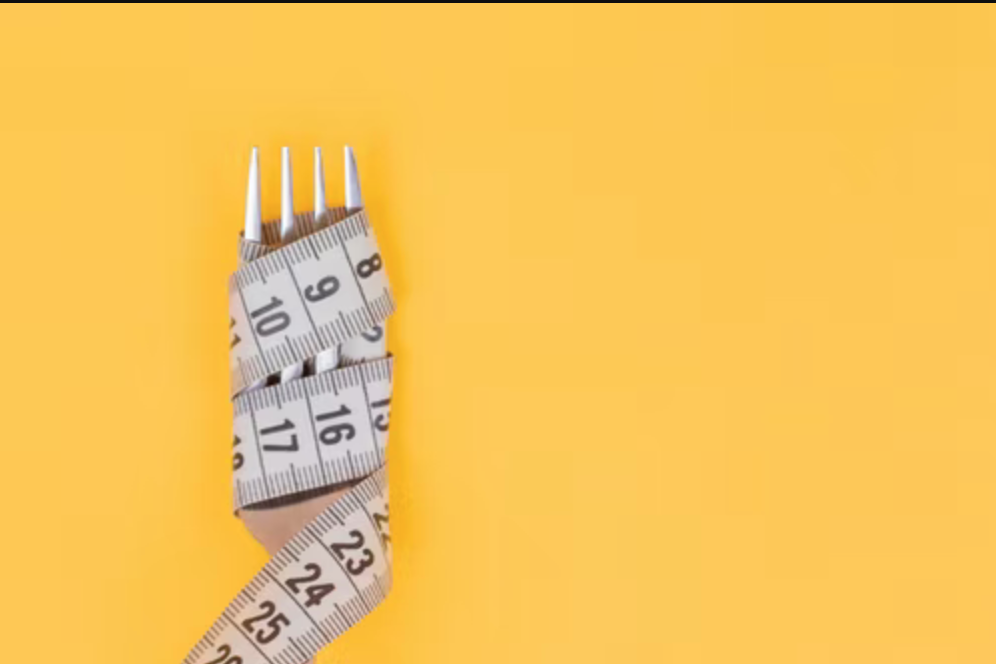You want to lose weight or improve your health, but you’re not sure how many calories you actually need each day.
It doesn’t help that there are multiple schools of thought about what foods to eat and how many calories to consume.
Learning and understanding your basal metabolic rate (BMR) is an excellent way to understand how many calories you need to work towards your goals. Here’s what you need to know.
Basal Metabolic Rate Explained
Your basal metabolic rate is the number of calories you burn each day simply by being alive.
The calories that you burn come from breathing, running your body’s circulatory system, processing nutrients, and producing cells.
Basal metabolic rate is different than your body’s resting metabolic rate (RMR).
Your RMR is the number of calories you burn by living and the basic activities of daily life (like eating, walking to the bathroom, or sweating).
The activities included in RMR are those that you need to do to stay alive and tend to your basic needs. Since RMR includes low-effort movements, it’s a little higher than your BMR.
How to Calculate Your Basal Metabolic Rate
You can use a formula to calculate your basal metabolic rate. Or, you can input your information into a BMR calculator.
The formula for finding BMR is:
For Men: BMR= 88.362 + (13.397 x weight in kilograms) + (4.799 x height in centimeters) – (5.677 x age in years)
For Women: BMR= 447.593 + (9.247 x weight in kilograms) + (3.098 x height in centimeters) – (4.330 x age in years)
Factors That Impact Your BMR
There are a few things that influence your BMR. Some of these factors are out of your control, while you have a little influence over others.
Some races are known to have higher BMRs, for reasons that aren’t quite understood. BMR also decreases as you get older.
Men have higher BMRs than women because they generally tend to have more muscle mass. The more muscle mass you have, the higher your BMR.
This is because even at rest, muscle requires more energy to sustain itself than fat.
The more you weigh, the higher your BMR. Generally, tall people have higher BMRs than a shorter person with the same weight.
A diet that restricts calories lowers your BMR.
When your internal temperature is higher, this boosts your BMR due to the additional metabolic reactions associated with a higher body temperature.
Exposure to cold temperatures and prolonged exposure to heat both raise your BMR.
Individuals who produce more thyroxine have higher BMRs.
How to Improve Your Health Using Your BMR
Knowing your BMR gives you valuable knowledge for improving your health. If you need to lose weight (or gain weight), it’s important to understand how many calories you burn each day.
Your BMR provides a helpful starting point for determining your ideal caloric intake.
To understand how many calories you need to maintain your current weight, you need to know your total daily energy expenditure (TDEE).
Your TDEE is based on your activity level. Then, you can create a calorie deficit or surplus to achieve your weight and health goals.
To calculate your TDEE, you need to multiply your BMR by the proper activity multiplier.
These multipliers are:
- Sedentary = 1.2
- Lightly Active (light exercise one to three days a week) = 1.375
- Moderately Active (moderate exercise three to five days a week) = 1.55
- Very Active (heavy exercise almost every day) = 1.725
- Extremely Active (heavy exercise most days of the week and a job with hard labor) = 1.9
If your BMR is 1900 and you’re moderately active, 1,900 x 1.55 equals 2,945. Now that you know your TDEE, you can adjust it accordingly.
Assume that you want to lose weight. A pound has 3,500 calories.
If you want to lose 1.5 pounds a week, you need a weekly calorie deficit of 5,250. This is an average calorie deficit of 750 calories.
With a TDEE of 2,945, this means that you need to eat 2,195 calories each day to lose 1.5 pounds each week.
Or, if you want to gain a pound each week, you need to eat an additional 3,500 calories a week or 500 calories a day.
Using the same TDEE of 2,945, you’ll need to eat 3,445 calories a day.



